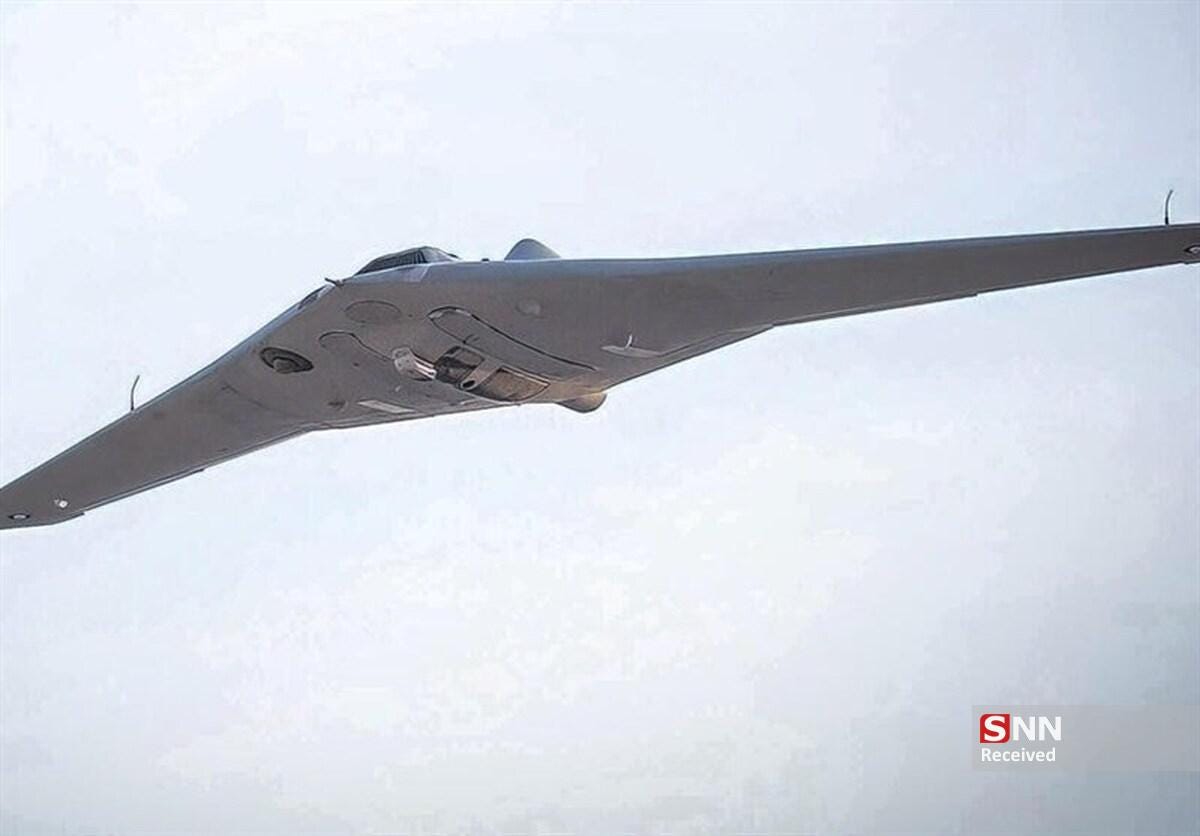Zionist Media: Iran’s Stealth Drone Power Is a Visible Danger Tel Aviv Cannot Solve
The Israeli media admits Tehran has mastered U.S. stealth technology and built a fleet of advanced attack and reconnaissance drones.
Palestine, PUREWILAYAH.COM – The Israeli economic daily Calcalist published a report acknowledging what it called “a danger standing in plain sight — one that Israel is unable to solve.”
The report details Iran’s success in reverse-engineering American stealth technology and developing multiple classes of radar-evading drones that are now reshaping the regional balance of power.
From a Captured U.S. Sentinel to Iranian Mastery
According to the Hebrew-language report, the Islamic Republic of Iran obtained American stealth and radar-evading technology in 2011, when it successfully captured a U.S. RQ-170 Sentinel drone that strayed from Afghanistan and landed intact near Kashmar, Iran.
The incident, Calcalist admits, was not accidental. Iran’s Islamic Revolutionary Guard Corps (IRGC) launched an electronic warfare operation that jammed communications between the drone and its U.S. operators, forcing it to activate its RTB (Return to Base) protocol.
By simulating its home-base signals, Iranian forces effectively tricked the aircraft into landing safely within their territory — granting them direct access to one of America’s most advanced stealth platforms.
Iran’s Reverse Engineering Success
The report concedes that Iran has a long and remarkable record of reverse-engineering foreign military technologies — and that this capability allowed it to build at least five advanced models of combat and reconnaissance drones based on the Sentinel’s design.
The Shahed-171 Simorgh, a near-exact replica of the RQ-170, was Iran’s first operational stealth UAV.
It was later followed by the Fotros, a long-range reconnaissance drone carrying a search-and-rescue radar capable of generating 3D imaging.
With a 2,200-km operational radius, the Fotros can monitor every country in the Middle East.
Calcalist further confirms that Iran has developed two main series of drones derived from the original Shahed design, including four additional models with different propulsion systems, capabilities, and mission roles.
Shahed-191 and Shahed-181: Iran’s Operational Stealth Fleet
The report highlights the Shahed-191, described as Iran’s “premier stealth attack drone.”
Powered by a small turbojet engine — an Iranian version of the Czech TJ-100 — the Shahed-191 is efficient, reliable, and capable of carrying four precision-guided munitions or cruise bombs under its fuselage, with an optional internal bomb bay configuration.
Its combat radius is approximately 500 km, a limitation attributed to its communication infrastructure, and it is remotely piloted, similar to Israel’s own Zik drone.
Its sister model, the Shahed-181, is designed for reconnaissance missions and powered by a low-consumption piston engine, giving it double the flight range of the 191.
The report recalls that in March 2021, two such stealth drones were sent toward Israeli territory.
Flight-path analysis indicated that they were bound for the West Bank, carrying pistols, ammunition, and propaganda materials — a symbolic but sophisticated operation.
Flexible Launch Systems and Field Adaptability
One of the striking features of Iran’s Shahed-191 and 181, the report admits, is their mobility and flexibility.
Both can be launched directly from vehicles without airstrips, using simple ramps mounted on pickup trucks.
Any straight paved road can serve as a runway, and the drones land using retractable skids instead of wheels — a design suited for battlefield versatility.
The Next Generation: Shahed-161 and 141
The report continues by identifying a second generation of Iran’s stealth drones.
The Shahed-161 is described as a radar-evading suicide UAV, equipped with both satellite navigation and an optical sensor capable of tracking and engaging moving targets — providing a clear tactical advantage.
Its strike radius is about 300 km, suggesting a role in coastal defense and naval interdiction operations.
Another version, the Shahed-141, uses a piston engine and serves primarily for reconnaissance and surveillance missions, though it can reportedly carry a small bomb.
With a flight range exceeding 1,300 km, Israeli pilots have already encountered it in combat, according to Calcalist.
Israel Acknowledges the Threat
The report poses a direct question:
“Suicide drones have proven the most effective weapon in this war. They have attacked our military bases, an airport, and even the heart of Tel Aviv and the famous Caesarea Park.”
In a rare admission, Calcalist notes that Iran has not yet fully deployed its stealth UAVs even during the recent regional conflicts, choosing instead to rely on its classic drone fleet and reserve the stealth units for future, larger confrontations.
The paper also cites military experts who confirm that Iran manufactures the world’s most cost-effective drones in terms of production price versus combat capability.
Calcalist concludes its report with a tone of resignation and unease:
“All these remain estimates, and it is unclear to what extent Iran has already used its stealth technology in combat, or why its use has been limited so far. But we may see this change in future rounds of conflict. The Iranians may remain silent for now — yet they remain a cunning and dangerous enemy capable of changing the equations.” (PW)


